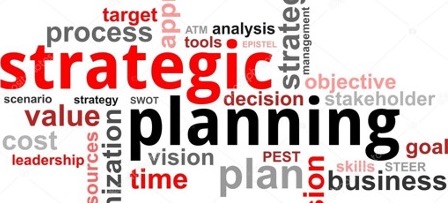Does your club have a strategic plan?
By David Barnes RBM
Many businesses do not have a strategic plan. A strategic plan guides where the business is going and how to get there. This planning can also assist businesses with their goal setting and how this can have a positive impact on their communities. The strategic plan can also assist with budgeting how the business intends to achieve an income and how they are going to spend it. Goals are documented which ensure they are met in the allocated time frame. The strategic plan does not need to be set in stone and can be a fluid document, as times change and different directions are taken.
The strategic plan should contain a number of headings to assist with structure and ease of reading.
- Executive summary: this should be a shortened version of the most important information about the strategic planning and desired results. This summary should be no longer than two pages and should include the goals and any foreseen issues that may arise. The strategic plan should also include time frames as to when and how the business will achieve these results.
- Organisation description: this piece should be for interested parties such as potential new members and sponsors. It should include a brief history of the business and what products and services it offers. This is where the business can highlight any accomplishments and important events.
- Mission statement: the mission statement should provide the reason for the business and why its products and services are offered. This should be no longer than a sentence or a short paragraph. This statement can include why they are here.
- Values statement: this includes the business’ core values and how these values determine the implementation of the vision and mission. The board and team members should adhere to these values through their actions and behaviours.
- Vision statement: a description on what the business wants to achieve and what will happen when these goals are achieved. This statement can give the stakeholders an inspirational view of where the business wants to be.
- Plans and goals: this section should step out what the business wants to achieve and how the board is planning to achieve these goals. The SMART process is a common feature to use when analysing if the strategic plan is robust and achievable. SMART is an acronym for Specific, Measurable, Achievable, Realistic and Time bound.
Strategic plans can also include how board and team members are developing, as well as information on purchasing and maintaining new facilities. These plans should also explain why the business is heading in this direction and how it will affect the community.
Every goal in the strategic plan should include how the board and staff will achieve these goals and by when. There are normally two time lines in a strategic plan, short-term goals (normally expected to be achieved within one to three years) and long-term goals (usually between three to five years). Long-term goals may require some planning as in refurbishing the building, employing new team members or applying for grants. These goals need to be achievable but if they aren’t, then resetting goals is a good option.
Add ons can be made to the plan if required and they are usually included in the appendix. This may include financial reports and budgeting.
The plan should always be achievable and shared with appropriate stakeholders, so that everyone understands the goals and how they are going to be achieved. Prior Planning Promotes Positive Performance.

